The Scheldt Radar Network has been a crucial instrument used to guide ships in the Scheldt area since 1991. Thanks to the radars, traffic controllers can monitor and guide shipping in the entire area.
This Network currently has 5 manned traffic centres and about 30 radar stations. The SRK will be expanded and modernised in the coming years to meet the changing shipping demands in the area.
Read here about:
View the location of all radars .
Some radar towers predate the SRK, which makes these considerably older than the others (see below). These are nearing the end of their service life and will be replaced in the coming years.
Kaapduin (NL)
The Kaapduin radar was built in the 1950s. The current radar mast is located on a WWII bunker, which is protected as a monument. The location is difficult to reach by lorry. Both factors make it quite a challenge to maintain the radar. For the new radar, we are investigating whether we can move to a more suitable location in the immediate vicinity of the old one.
Once we are certain about the location, we will start to replace the radar station. If everything goes according to plan, the new radar will be operational by the end of 2021.
Saeftinghe and Waarde (NL)
Before the SRK went operational in 1991, there was a limited shore radar network to which the Waarde and Saeftinghe radar towers (built in 1976) belong. Both towers have some disadvantages and unnecessary functions, such as dormitories. The original intention was to have traffic controllers in the towers day and night. However, traffic control never took place at both towers, just at the Zandvliet control room. So, we do not need an operations room or dormitories in the new towers.
Saeftinghe's radar is located on an island in the Drowned Land of Saeftinghe. It is an expensive location in terms of maintenance and supplying power. So, we hope to integrate the new radar into the plans of the province of Zeeland for a panorama tower in the Grenspark Groot-Saeftinghe . The approval procedure is in full swing. If everything goes smoothly, the new radar will be operational by the end of 2022.
We have also started the preliminary investigation on the replacement of the radar in Waarde. The new tower will be installed in the vicinity of the current tower. The intention is to start using the modernised radar in 2024.
Ketenislaan gap fillers (BE) – completed
Gap fillers are smaller radars with a limited range that are intended to cover a blind spot in the radar image. This was the case in Kallo where a new high-voltage cable of the Elia electricity company negatively affected the performance of the existing radars. Which is why the SRK was expanded at the end of 2019 with two gap fillers in the Ketenislaan. Elia was responsible for the financing.
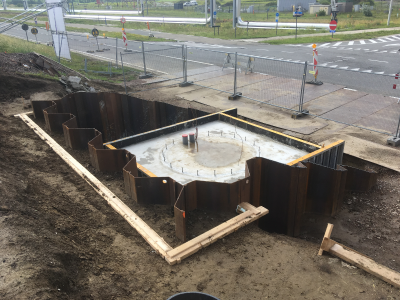
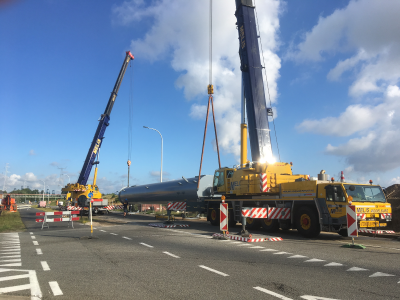
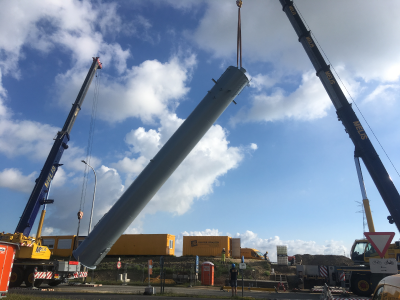
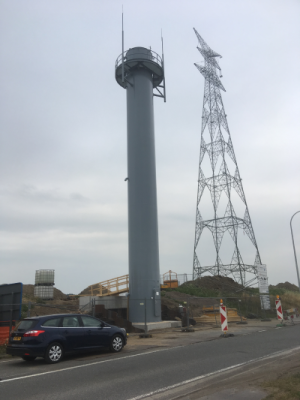
Boveneinde Rede Antwerp (BE)
Inland shipping has increased sharply in recent years. Which is why we are expanding the working area of the SRK from the Kallo lock to the Royers lock. Three new radars will provide the area with full radar coverage so that ships benefit from the optimised traffic guidance.
Two radars were built in collaboration with The Flemish Waterway and are now operational:
- Punt van Melsele
- Plaat van Boomke
The third radar is the preliminary final part of the SRK and will be located at the Royers lock. The Maritime Access department of the Flemish ports is renovating the signal board. And, a full-fledged radar will be installed where the images will be shared with the Port Authority. The radar will become operational in 2021.
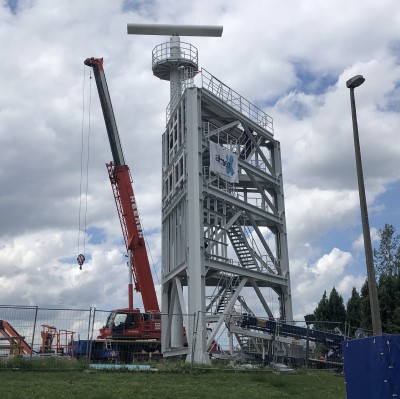
Ossenisse radar and Hansweert gap filler (NL) – completed
At the bend of Hansweert, long container ships sometimes obscured the view of the subsequent traffic. We installed an additional radar in Ossenisse and a gap filler in the Hansweert outport to eliminate the blind spot in the radar image and thus increase safety. These were completed in early 2018.
The Ossenisse radar is special because it is open to the public. An outside staircase allows tourists, local residents, and hikers to go the platform 30 metres up. They are then treated to a beautiful view of the shipping, landscape, and nature.
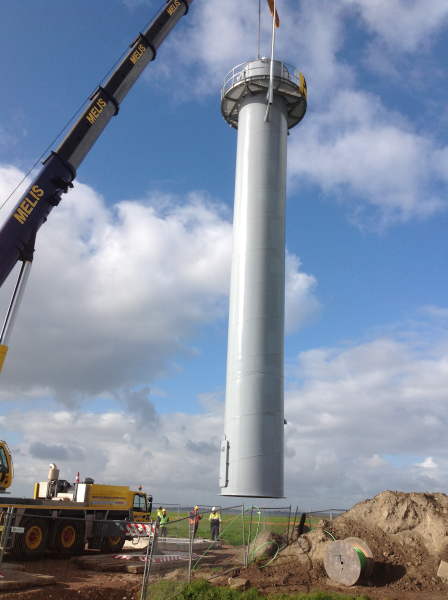
Hansweert gap filler installation
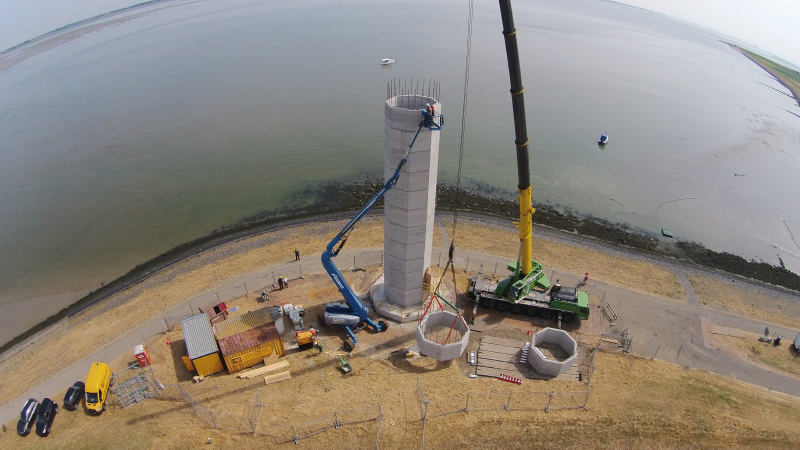
Constructing the Ossenisse radar tower
Grens radar (NL), Ouden Doel and gap filler Zandvliet (BE) – completed
The Prosperpolder radar tower had to go because of the removal of the Prosperpolder/Hedwigepolder. An investigation at the location revealed that to replace it required 3 radars to be built:
- Ouden Doel radar bordering on the Hedwigepolder adjacent to Doel. Like the Ossenisse radar tower, it has a viewing platform for the public.
- Grens radar near Bath
- a gap filler at the entrance to the Zandvliet locks
Why are some radars much older than others?
A few radar stations were built along the River Scheldt in the middle of the 20th century so that local shipping could be monitored and guided. This included Flushing, Hansweert, and Zandvliet. It gradually became apparent that a comprehensive radar network was needed for the entire River Scheldt area to improve safety. Belgium and the Netherlands entered into an agreement to handle this in 1978.
By 1991, everything was in place and the brand-new Scheldt Radar Network was put into use. The original radar stations dating from the 1950s and 1970s were integrated into the SRK. This why some towers are so much older than others.
Read more...